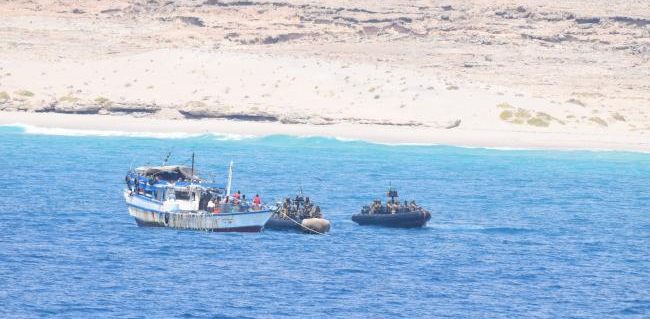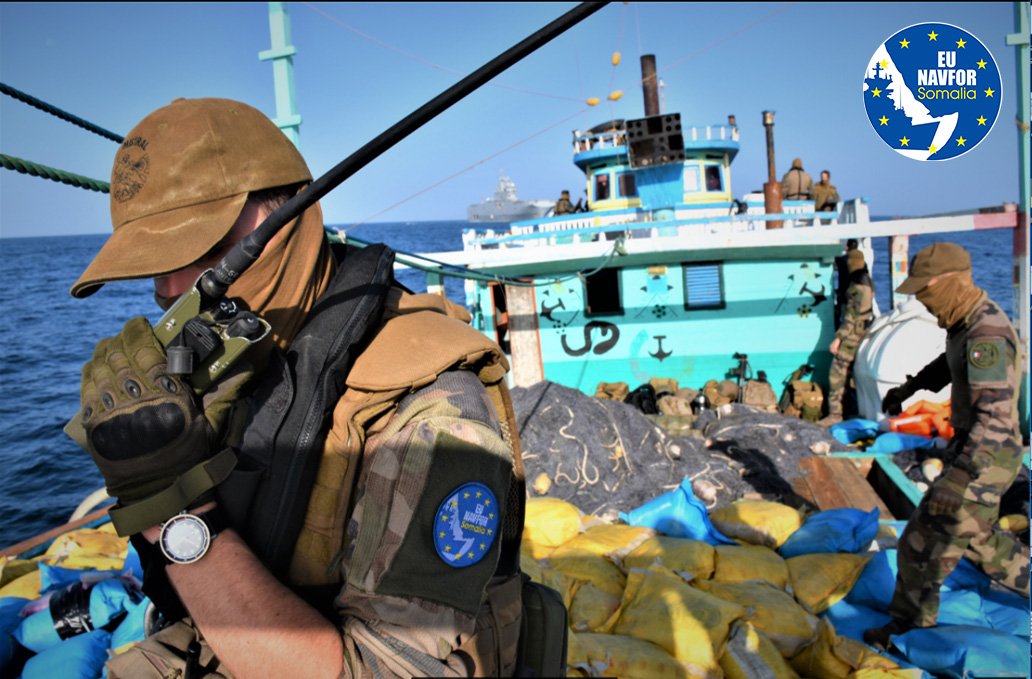
Published November 9, 2025
Piracy Returns: The Resurgence of Somali Sea Threats
In recent weeks, what appeared to be a fading menace in the Indian Ocean has begun to re‑emerge: off the coast of Somalia, sea raiders who once terrorized shipping lanes are back in force. Two high-profile incidents within days have triggered renewed concern among maritime security watchers — underscoring that the risk to global trade remains very much real.
Recent Incidents
-
On 3 November 2025, a tanker belonging to Stolt‑Nielsen in the Gulf of Aden thwarted a boarding attempt by pirates.
-
Three days later, the Malta‑flagged fuel tanker Hellas Aphrodite was seized off the Somali coast while transporting gasoline from India to South Africa. All 24 crew members locked themselves in a citadel and were later rescued by a Spanish frigate operating under the EU’s Operation Atalanta.
-
According to The Independent, this was the first successful hijack of a commercial vessel off Somalia in 18 months, raising concerns of a potential upward trend in pirate activity.
Factors Behind the Resurgence
-
Reduced naval deterrence: Declining patrols in the region, combined with a weakened Somali government facing internal conflict, have created a permissive environment for pirate groups.
-
Long-range operations: Pirates are now using “mother ships” to extend their operational reach up to 1,000 km into the Indian Ocean.
-
Economic incentive: Despite previous declines, piracy remains financially lucrative due to ransom payments and the value of global shipping routes.
Maritime Security Context
The Indian Ocean and Gulf of Aden are critical arteries for global trade, linking Asia, Europe, Africa, and the Middle East. Ships navigating these waters face renewed threats from heavily armed pirate crews employing aggressive boarding tactics. For international navies and shipping companies, the resurgence highlights the continued importance of vigilance, protective measures, and coordinated anti-piracy operations.



 Implications of the resurgence of Somali piracy, based on the recent reports:
Implications of the resurgence of Somali piracy, based on the recent reports:
1. Economic & Trade Implications
-
Rising shipping costs: Insurance premiums for vessels transiting the Gulf of Aden and Indian Ocean could spike due to renewed threats.
-
Supply chain disruption: Delays or rerouting of cargo ships could affect fuel deliveries, container shipments, and global trade linking Asia, Europe, and Africa.
-
Ransom and financial loss: Hijackings often involve ransom payments, increasing operational costs for shipping companies.
2. Maritime Security & Naval Implications
-
Increased naval deployments: Countries with vested maritime interests (e.g., Spain, EU, US, India) may need to strengthen patrols and anti-piracy operations.
-
Reassessment of defense measures: Merchant vessels may invest in citadels, armed security, or escort services.
-
Intelligence requirements: Accurate monitoring of pirate movements becomes critical to prevent attacks.
3. Political & Governance Implications
-
Somalia’s state control challenged: Weak central authority and fragmented local governance create safe havens for pirates.
-
Regional stability: Neighboring countries may feel pressure to intervene or assist in capacity-building for maritime security.
-
International law enforcement: Coordination between navies, INTERPOL, and shipping organizations may need expansion.
4. Geopolitical & Strategic Implications
-
Control of critical shipping lanes: The Gulf of Aden is a chokepoint for global maritime traffic. Any sustained piracy could affect energy and trade flows worldwide.
-
Proxy or opportunistic threats: Pirates could collaborate with militant groups or criminal networks, complicating security efforts.
-
Global perception: Renewed piracy may signal the fragility of maritime security post-peak anti-piracy operations, influencing international investment and shipping strategies.
5. Humanitarian & Crew Safety Implications
-
Crew risk: Sailors face potential injury, trauma, or prolonged captivity during hijackings.
-
Operational stress: Companies must ensure emergency preparedness, evacuation drills, and psychological support.
-
Legal responsibility: Ship operators may be scrutinized for safety measures and adherence to international maritime law.
 Overall Takeaway:
Overall Takeaway:
The recent resurgence of Somali piracy signals that the threat to global shipping lanes is far from over. Once thought largely contained, pirate groups are exploiting reduced naval presence, weak local governance, and lucrative shipping routes to stage bold attacks. The implications are broad: from rising insurance costs and disrupted trade to heightened naval deployments and crew safety concerns.
For the international community, shipping companies, and regional authorities, the warning is clear: complacency is not an option. Vigilance, coordination, and proactive security measures are essential to protect vessels, crews, and the flow of global commerce. The waters off Somalia are once again proving perilous, and the world must navigate these dangers carefully to prevent a return to the chaos of the piracy peak.
SOURCES: THE GATEWAY PUNDIT – DANGEROUS SEAS: Somali Pirates Are Back in Force, Staging Two Attacks to Marchant Ships in Three Days
THE INDEPENDENT – Pirates have hijacked a vessel off the Somali coast. This is why they are making a resurgence





Be the first to comment